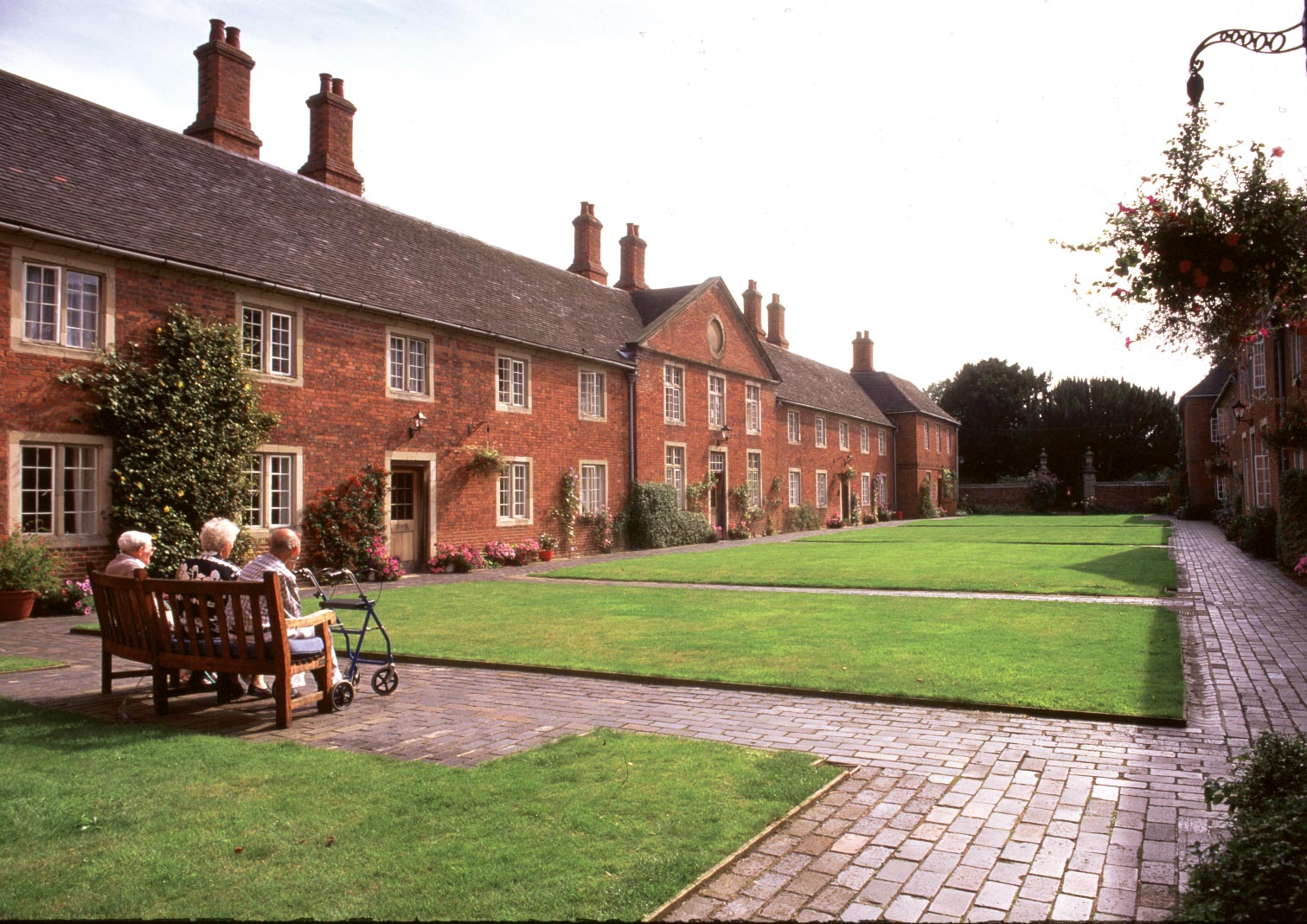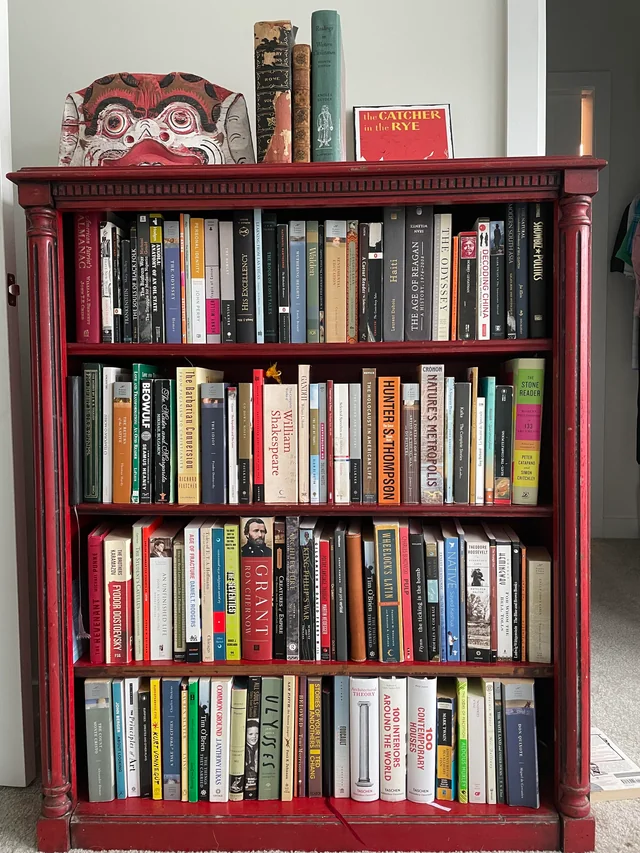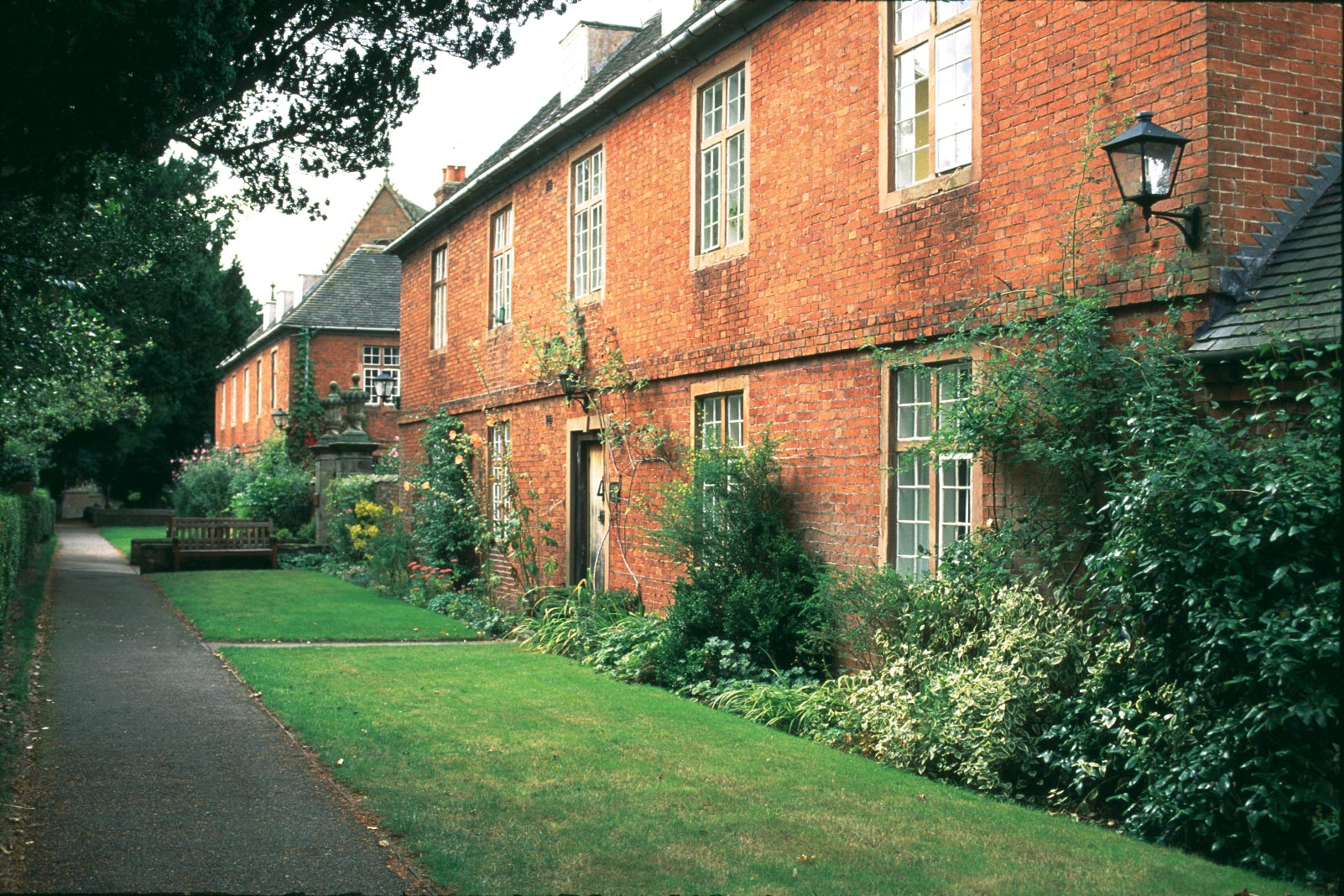From 1998 through to 2009, I had the privilege of working with many hundreds of older people in an Almshouse charity. We lived together in rather splendid seventeenth-century buildings which were surprisingly adaptable for modern use. It was an intentional community with a Church, primary school and a community of older adults living together.
I remember meeting one frail older woman on her admission for care into our community. This move was for her and her children a last resort but keeping her at home with part-time support was simply no longer safe or feasible. When I met Nancy she was withdrawn and anxious. Her children had brought with her a number of personal effects including some pieces of furniture together with some pictures, photographs and four boxes which were stacked in the corner of her new sitting room.
I returned a week later to find our newest resident a little more settled and dressed, making a cup of tea in her kitchen. I joined her in some mid-morning refreshment and asked her whether there was anything practical I could do to help, acknowledging as I did so the difficulties and challenges that faces all when negotiating the transition . ‘ Oh good ! ‘ she replied to the offer of my help. ‘I was a bit bothered that you are going to ask me about all that church stuff ‘. We talked a little more and I explained something of the history of this particular charity and my role as both the Chief Executive Officer and the Vicar of the parish. We talked about the church school which was on the site as I learnt in the opening up of our lives to each other that she had been a teacher .’ I’d like some help with those boxes ‘ is, she said . I placed them into the middle of the room and struggled a little with their size and weight. On opening the first box I discovered a collection of books – ‘ There are precisely enough books in those four boxes to fill the two oak bookshelves – now let’s organise organise them?’ Is was Nancy’s clear direction !
So the next two hours was spent looking through this small collection of books. I learnt that they were but a fragment of a much larger library and that a great deal of time and effort had gone into deciding which books should come with her into this new home. They were an extraordinary collection. There were travel books and guides and we talked about Suffolk, Northumberland, Central London and Wales. We exchanged reflections on buildings and people and accents. There were poetry books and movingly she recited poems by heart, telling me very firmly which one she would like to have read at her funeral service. There were novels and classics such as Chaucer and Shakespeare. There were books about photography and painting, and above all, history. ‘ ‘History is my thing’ she exclaimed, Gradually The library took shape and I was careful to organise them according to her wishes. Each book told a story. Each book was carefully inscribed with her name, the date of purchase and the place of purchase. Often there was a card tucked into the inside cover with notes about questions or issues to follow-up or parts of the book that she wanted to be reminded about. In some of the books there were letters and postcards and bookmarks, all of which told a particular story.
I often think of this particular morning spent with those books and how they enabled us to connect with shared interests and enthusiasms. They enabled that old, frail woman, who, as it happens, was only months away from her death, to have a voice and a history and a narrative. They enabled me to see beyond her immediate physical needs into the richness of her experience. I glimpsed what a difference she had made to many generations of children through her work in education. I deliberately share this personal story rather in this way because it focuses some of what working with older people and reflecting on the place of age in contemporary society might mean for researchers and practitioners. Nancy taught me about listening carefully to the experience of older people in all its richness and complexity. As we listen we learn that older people have a particular range of spiritual and religious needs that we easily overlook if we do not take time tolook beyond the immediate and indeed the physical.
Whatever our age, we should also be cognisant of how our inner lives might be shaped by our ability, or otherwise, to negotiate loss, change and ultimately our mortality. Churches may well have a unique role in enabling these conversations to take place. I hope that we will expand our awareness and understanding of the nature of the spiritual needs of older people as together from our various professional perspectives, we work for justice for older people, their dignity and empowerment in the provision of the best possible support and care wherever and however they age.




Thank you James. A very thoughtful reminder that we must all remember to look past the immediacy when we are interacting with people, especially with those we might describe as elderly. To see past their infirmities and see them for the people they are, the lives they have lived, the people they have touched, the wisdom and stories they can impart. As we find ourselves in an increasingly ageing society, it’s evermore important to understand the place, value and role the elderly have in life.